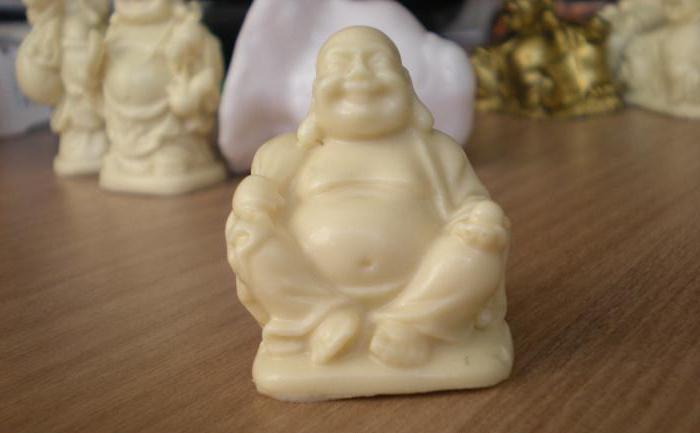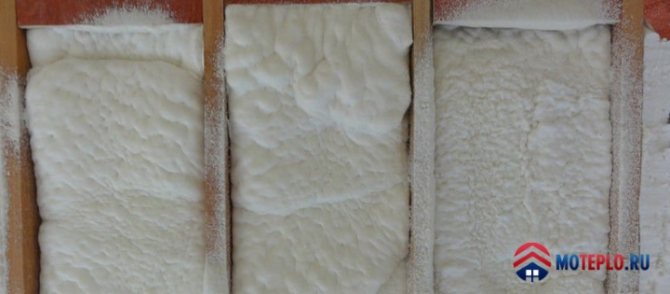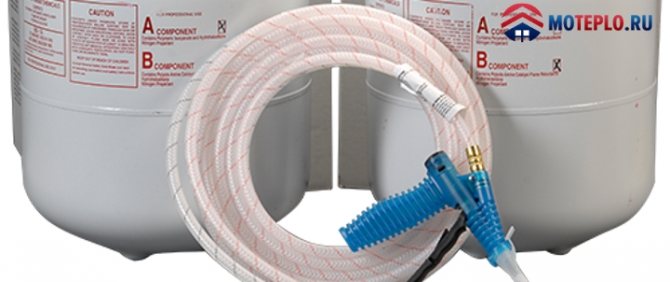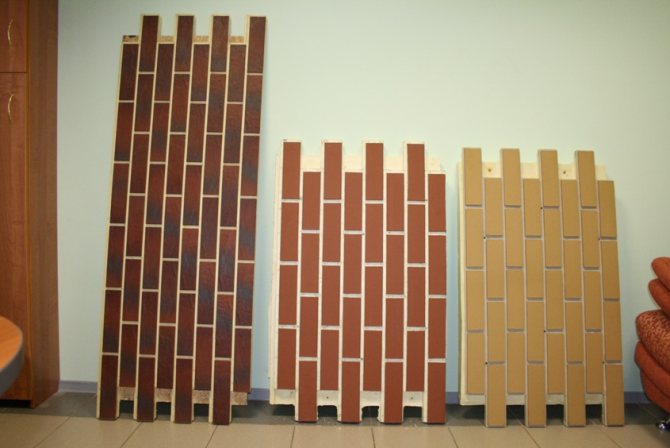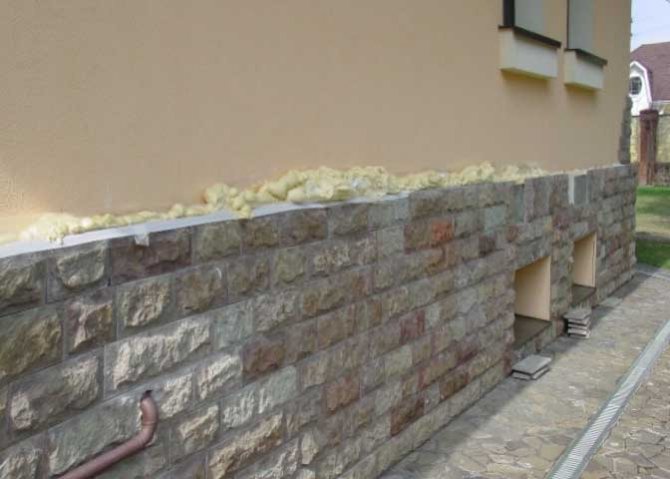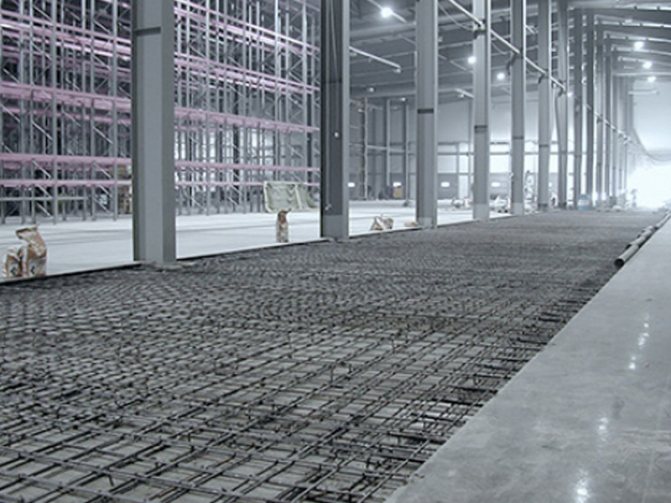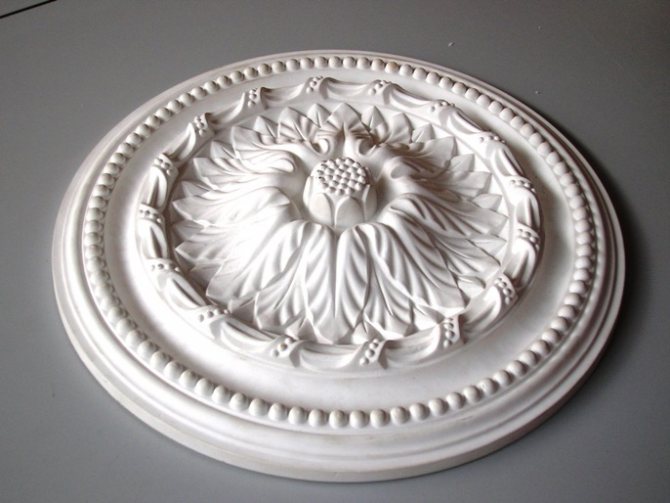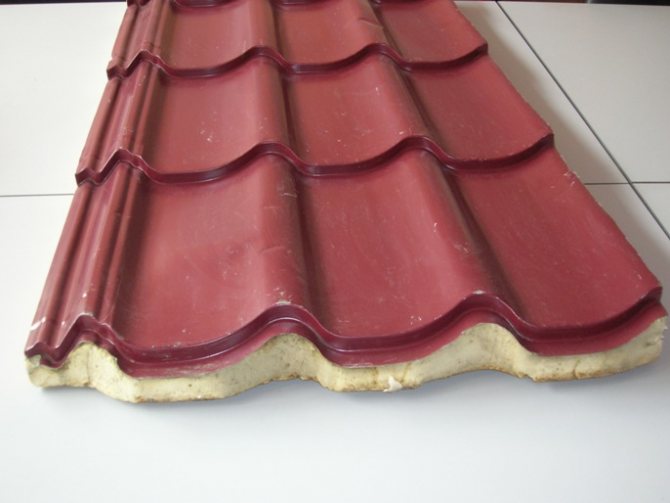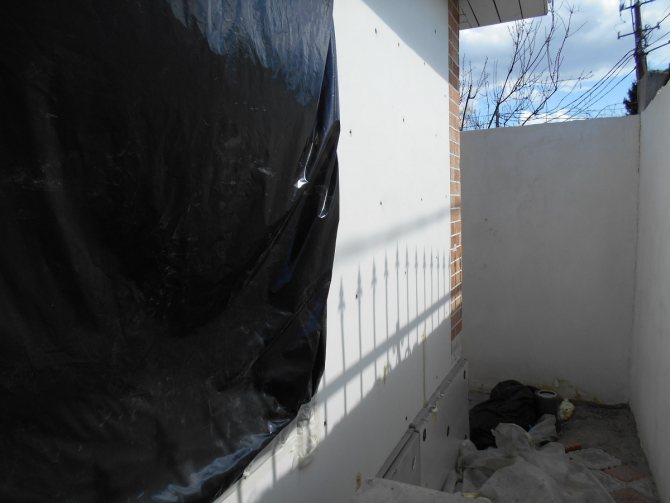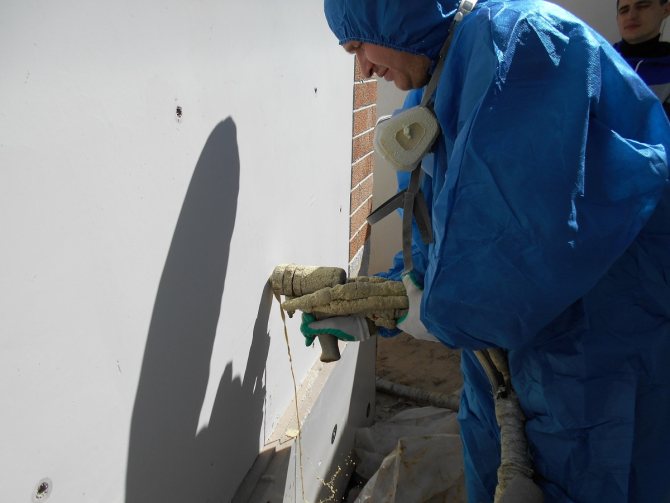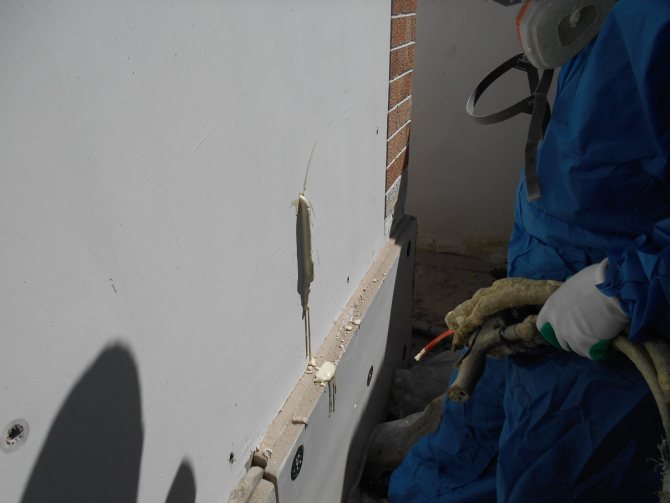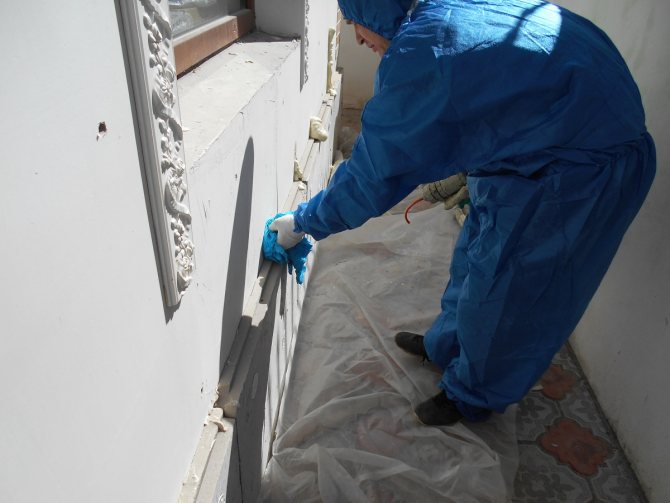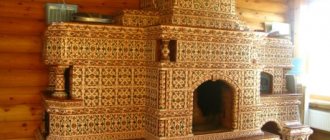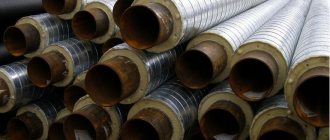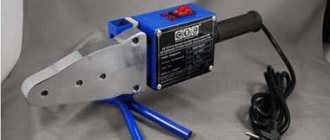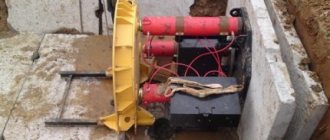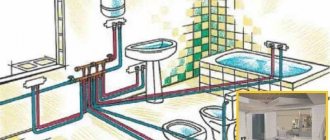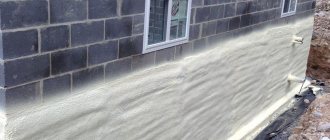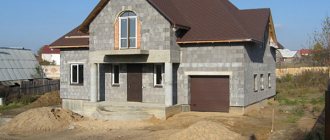Wall insulation with PPU filling
Pouring polyurethane foam into inter-wall voids is used to insulate and strengthen the walls of a house under construction or an already in use structure. When building houses, brickwork of 1.5 or 2 bricks is used. According to SNiP II-3-79, in order to provide adequate protection from the cold, the wall thickness must be at least 1.2 meters.
It is impractical to use such a number of bricks due to the load on the foundation and the complexity of installation, therefore the walls are made two-layer. Internal and external are erected, leaving a space of 50 centimeters between them for free air circulation. This helps to retain heat and prevent condensation from forming. But this is not enough for full-fledged insulation. It is difficult to insulate the space between the walls with rolled or soft materials. The method of filling the voids with PU foam allows you to evenly fill all the gaps inside the walls and between them.
Features of spraying and pouring polyurethane foam
Polyurethane foam is a modern thermal insulation material that is formed as a result of a chemical reaction between two components. The porous structure of the material is its main advantage, since closed pores provide low water absorption and thermal conductivity, and other technical characteristics. PPU spraying and pouring should be carried out in compliance with a number of rules, in particular, compliance with the temperature regime. The best option is considered to be a temperature in the range of 20-25˚C.
For spraying and pouring polyurethane foam special equipment is used, but quality products can only be obtained if the required temperature regime is maintained. Is it possible to carry out work if the mark on the thermometer dropped below + 10˚, and how to solve the problem, worries many people.
What are the risks?
Spraying and pouring with polyurethane foam it is not recommended to spend in the winter season, especially at temperatures close to zero. The fact is that the chemical reaction, as a result of which a porous mass is formed, occurs only at a temperature of 20-25 degrees. If you do not take this nuance into account, you can face the following risks:
- Waste material. More material will be needed due to poor foam formation. Depending on air humidity and temperatures, material consumption can double.
- Loss of properties and characteristics. PPU spraying and pouring may lose its thermal insulation characteristics due to overconsolidation of the material. It will be difficult to achieve the required level of insulation. In the manufacture of beehives, decorative and other elements of polyurethane foam, the risk of defects and flaws increases.
- Poor adhesion. For spraying and pouring polyurethane foam it is important that the temperature of the surface and the applied material is within the same range. With a strong temperature difference during the application of a porous mass, condensation forms on the surface, which becomes the reason for the deterioration of adhesion.
- Shrinkage. Due to a violation of technology, the chemical reaction does not proceed properly, therefore, over time, the heat insulator may shrink. Cracks and other defects may appear on it. In addition, the strength characteristics will be significantly inferior.
How to carry out the work?
If a spraying and filling with polyurethane foam there is no way to postpone or perform in the right conditions, you should pay attention to several important recommendations:
- Use only professional equipment for spraying, pouring polyurethane foam.
- Additionally, foaming agents and catalysts are used so that the mass foams well even at low temperatures.
- Before spraying or pouring polyurethane foam be sure to heat the surface to be insulated or the applied forms. For this, heating devices or a heat gun can be used.
- Maintain the temperature of the components for the preparation of polyurethane foam at the required level.
If work is being carried out to insulate the outer walls, experts recommend building "teplants" - special portable structures that allow you to maintain the required temperature at the site of the work being carried out.
Per spraying and filling with polyurethane foam only qualified specialists are taken. Otherwise, there is a high risk of spoiling the material and incurring large losses. From PPU System you can purchase the highest quality raw materials.
Features of using polyurethane foam for pouring
After mixing components A and B, the polyurethane foam for pouring is a plastic mixture. After hardening, it becomes dense and tough, has a cellular structure. The material is lightweight and hard, does not deform or break.
The thermal conductivity coefficient of polyurethane foam is one of the lowest - 0.022 W / mK. Therefore, even a small layer of a few centimeters is enough to protect the structure from the cold. PPU has high adhesion, is attached to metal, glass, wood, concrete. Penetrates into pores and cracks, fills them and maintains a homogeneous structure for 30 years.
PPU components
We bring to your attention the components of polyurethane foam. From us you can purchase PPU components from the manufacturer (typical standard systems) or order the manufacture of a non-standard system of polyurethane foam components designed to fulfill your order directly. We are also ready to consider the possibility of manufacturing finished products from polyurethane foam according to your technical specifications.
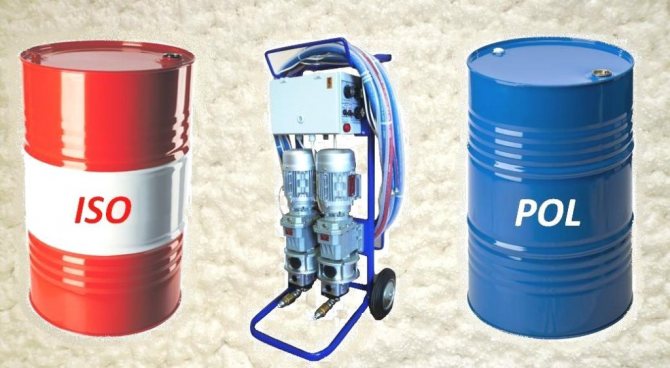
Ready-to-use PPU components (systems)
| Name | Appointment | Properties and characteristics of the final product |
| TsUSPUR - 5156 | Fire-resistant, spray-free CFC-free system of polyurethane foam components for thermal insulation by spraying. PPU is approved for use for insulation of buildings. It is used for thermal and waterproofing of buildings, structures for various purposes, including industrial refrigerators and cold rooms | Fire-resistant rigid polyurethane foam Apparent density, kg / m3, not less than 40 Thermal conductivity coefficient, W / mK, not more than 0.03 Three-component system (with an activator) Mass ratio (A + C): B = 1: (1.4- 1.6) |
| TsUSPUR - 5162 | SPU-system of polyurethane foam components for use as thermal insulation in residential and civil construction by spraying and pouring methods. Approved for use by the Ministry of Construction of the Russian Federation and the State Unitary Enterprise of the Russian Federation | Non-combustible rigid polyurethane foam Apparent density, kg / m3, not less than 40 Thermal conductivity coefficient, W / m K, not more than 0.028 A group of hardly combustible materials according to GOST 12.1.044-89 Three-component system (with an activator) Mass ratio (A + C): B = 1: (1.65) |
| TsUSPUR - 5317 | SPU-system of polyurethane foam components for general purpose thermal insulation by spraying | Fire-resistant rigid polyurethane foam Apparent density, kg / m3, not less than 35-70 Coefficient of thermal conductivity, W / mK, not more than 0.03 Three-component system (with an activator) Mass ratio (A + C): B = 1: (1- 1,2) |
| TsUSPUR-5150 | SPU-system of polyurethane foam components for thermal insulation in various fields of application, including in household refrigerators by pouring | Rigid polyurethane foam Apparent density, kg / m3, 27-40 (free foaming) Apparent density, kg / m3, 40-60 (foaming in the form) Thermal conductivity, W / m ratio (A + C): B = 1: (1-1.2) |
| TsUSPUR-5164 | SPU-system of polyurethane foam components for lightweight internal thermal insulation of wall structures by spraying and pouring methods (pouring into cavities, slabs, spraying) | Environmentally friendly lightweight rigid polyurethane foam Apparent density when pouring, kg / m3 10-20 Apparent density when spraying, kg / m3 not less than 10 Thermal conductivity coefficient, W / mK, not more than 0.04 Three-component system (with an activator) Mass ratio ( A + C): B = 1: (1-1.2) |
| TSUSPUR MEDIORT-13 (5) | SPU-systems of polyurethane foam components for obtaining structural rigid polyurethane foam in the form of plates and various products by pouring. | Rigid polyurethane foam for structural purposes Apparent density, kg / m3 200-250 Coefficient of thermal conductivity, W / mK, no more than 0.03-0.06 Two-component system Mass ratio A: B = 1: (1-1.2) |
| TSUSPUR MEDIORT-13 | SPU-systems of polyurethane foam components for obtaining structural rigid polyurethane foam in the form of plates and various products by pouring. | Rigid polyurethane foam for structural purposes Apparent density, kg / m3 80-150 Coefficient of thermal conductivity, W / mK, no more than 0.03-0.06 Two-component system Mass ratio A: B = 1: (1-1.2) |
| TsUSPUR-5149 | SPU-system of polyurethane foam components for furniture purposes by pouring | Elastic molded polyurethane foam Apparent density of polyurethane foam in the product, kg / m3 45-50 Residual deformation under static load for 72 hours,% no more than 5.0 |
* prices for ready-made PU foam systems depend on the size of the ordered batch and are specified upon receipt of the order.
You can calculate the consumption, the required quantity and the price of PPU components for different surfaces here: PPU CALCULATOR
Unique innovative equipment for spraying and pouring polyurethane foam ARC® provides instant electronic setting of the required ratio of polyurethane foam components (without disassembling equipment, replacing gears, etc.) in forward (from 1: 1 to 1: 2) and reverse (from 2: 1 to 1: 1) ratios with a step of 0, 1 (with additional fine adjustment up to 0.01). Twenty component ratios that can be set with a simple twist of a crank literally in a second allows you to work on your equipment ARC® to use any system of polyurethane foam components, domestic or imported, with any type of foaming agent (freon or water) to obtain high-quality PU foam and the absence of raw material losses inherent in PU foam installations of previous generations due to the impossibility of establishing the exact ratio of components required in the passport.
If you plan to periodically purchase raw materials for polyurethane foam, an indispensable assistant for your warehouse will be barrel tilters!
Systems for solving non-standard tasks
When executing a non-standard order to obtain a finished product by pouring or spraying polyurethane foam components, common standard systems are not always ideal. An order for the development of a non-standard system of polyurethane foam components from large manufacturers is usually associated with the need for the subsequent purchase of a large batch of raw materials. To solve your problem, we, together with our partner manufacturers of polyurethane foam components, offer the development, testing and production in the required amount of a unique system, the use of which will precisely ensure the achievement of the desired result. An example of the successful execution of such special orders: the customer was tasked with developing a system of components to obtain by pouring polyurethane foam hives... The task was successfully completed! Another example is the customization of a polyurethane foam component system for the production of earplugs.
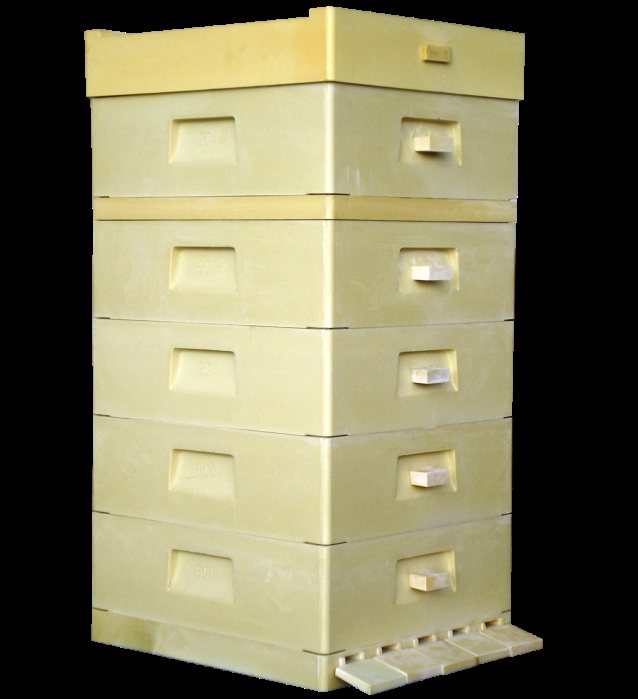

Products from polyurethane foam
If your task is to immediately get a finished polyurethane foam product, and not to purchase components of polyurethane foam, you can draw up a technical task and place an order for us for the production of rigid and elastic products made of polyurethane foam, including: elements of upholstered furniture, seats, thermal insulation boards, shells of various diameters, etc.
If you decide to independently obtain finished products from polyurethane foam, or to spray polyurethane foam and fill it, we suggest that you familiarize yourself with our products:
equipment for polyurethane foam ARCA®.
You can also buy from us Equipment for liquid rubber ARCA®, allowing you to perform professional seamless waterproofing of objects of any complexity.
Casting equipment
For pouring the walls of PPU, pouring complexes are used. Such equipment allows you to accurately dose the components to obtain polyurethane foam, mix them to a homogeneous state, and pour them into the space between the walls. Installations are of high pressure (over 100 atmospheres) and low pressure (4-10 atmospheres).
In high-pressure devices, the mixing of the components occurs due to penetration into each other. In low pressure washers, materials are mixed with a special mixer. Air does not participate in this process, because its bubbles lead to the formation of voids inside matter. PPU is brought to the surface using a spray gun.
Low pressure installations usually weigh up to 100 kilograms. This makes it easy to move them in space when pouring PPU walls. They are easy to use and can be used at home. The disadvantages include the short length of the spray nozzle hoses, the higher material consumption compared to high pressure installations.
The performance of high-pressure installations allows filling large areas, using hoses up to 120 meters, avoiding the formation of suspended matter near the spraying site. The disadvantages include the high cost of equipment, weight over 100 kg, complexity of use - a specialist is required to work with the installation.
Examples of high pressure installations:
- Polymer complex PK-60 - capacity up to 60 l / min, self-cleaning filling head, asynchronous gear motor, industrial controller with touch display;
- Graco HGR - capacity up to 20 kg / min, hydraulic drive, prime controller, automatic ratio accuracy. Watch the video how the Graco installation works using the example of the inter-wall pouring "Chemtrast SKZ-20":
- Hennecke - capacity up to 35 kg / min, hydraulic drive, built-in containers of 250 liters, filling head, automatic control of dosing accuracy.
Polyurethane foam filling technology
There are two approaches for thermal insulation of hollow walls using the PUF casting method. If the building is under construction, the material is poured from above between the outer and inner walls. To do this, choose polyurethane foam with a high start time - 30–45 seconds. For example, "Khimtrust SKZ-30 (slowed down)". The substance has time to go down, and then begins to expand, filling all voids and cracks.
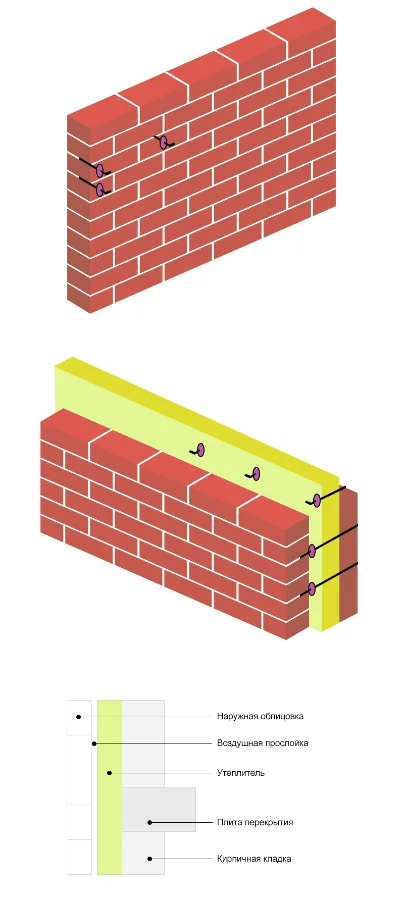

How to fill polyurethane foam if the building is already in operation? To insulate the built house, PPU is poured between the wall and the cladding outside. Usually, a material with a low start time is used - 10–20 seconds. For example, "Himtrust SKZ-20". In the outer wall of the house, holes with a diameter of 12-14 millimeters are drilled at the depth of the brickwork. The distance between the holes is 50–100 centimeters. They are placed in a checkerboard pattern. It is necessary to fill the holes of the polyurethane foam from the bottom up. This will distribute the material evenly, without voids inside. After filling, the holes must be closed with wooden dowels so that the material does not leak out. Polyurethane foam hardens in 1-2 minutes, forms a dense moisture-proof layer between the inner wall and the building cladding.
How to make a polyurethane mold.Instructions
First of all, the matrix needs to be dried, because moisture can remain on it (which is not felt in any way) and it was because of this moisture that I had a bunch of bubbles on the back of the mold. I take a construction hair dryer and dry it for 3-5 minutes. But you need to dry so that the stone does not heat up too much, because the silicone on which it is glued can be heated. After drying, after about 5 minutes, as the stone has reached room temperature, release agent can be applied. I do it in 2 layers at intervals of a few minutes. I take VS-M and at a distance of 20-30 cm I spray it into all areas of the matrix, at different angles. One can is enough for me for 2 forms, with an area of ~ 0.2 sq. meters. Next, you need to dilute the compound, but first we determine its amount.
Read also: Freeplast plasticizer
How to find out how much polyurethane is needed?
Take a ready-made matrix with bolted bars (preferably before processing with a release agent) and pour something free-flowing into it. I saw on YouTube how a guy falls asleep wheat and thus determines the volume of the compound. I would recommend using something smaller, such as rice, buckwheat or millet. And he also says there that the bottom of the form should be 1-1.5 cm thick - I think this is superfluous. Only 5 mm is enough to get a normal product, and for my forms I generally make 3 mm - and this is quite enough.
So, we find the tallest stone in the matrix, measure its maximum thickness (height), add 5 mm and make a mark on the side of one of the bars. Then we fall asleep millet exactly at this mark and level it. Then we pour everything into some kind of container and measure the volume, namely the volume, not the weight, because, for example, buckwheat and millet will have different weights. For counting, you can use measuring cups or glass jars of 0.5 liters. Let's say you get 2.5 liters - this will be the volume of the compound. I have a shape of 0.2 square meters with a stone about 1 cm thick, just 2.5 kilograms. Do not forget that this is an approximate calculation and it is better to play it safe by adding 300-500 grams of polyurethane.
I also want to say about the distance between tiles in the matrix. Ideally, this is 1 cm, but for the sake of economy, you can do less. For thin bricks, I make 6 mm between the tiles and 8 mm around the perimeter. For thicker 8 and 1 cm, respectively.
Let's start filling
At first, slowly (so that there are no air bubbles), stir both components with a stick for 2-3 minutes. Then we take a clean bucket, measure out component A and pour in the required amount. Depending on the brand of polyurethane, the number of two components may be different, some make 2 to 1, others 1 to 1. I use Silagerm 5045, it is diluted 2 to 1. I take 2 parts of component A - 1666 grams and 1 part of component B - 833 grams, for a total of 2500 grams or 2.5 kg.
Read also: How to make a mold for a decorative stone with your own hands?
Then I add component B and start mixing until smooth for 2-3 minutes. You can knead with a stick or a drill with a nozzle at low speeds. Stir the polyurethane well, carefully passing along the bottom and walls.
The matrix should be level and after that you can fill in our mixture. It is better to fill it at one point in the center, in a thin stream. If the temperature of the compound and the room is 20-25 degrees, then the compound will spread by itself, if less, then you can help it with a spatula, as I do. If the polyurethane does not flow well, then it is most likely cold. The components can be preheated, but only individually. In a mixed state, this is absolutely impossible to do.since high temperature affects the cure rate. After the mixture has leveled out on the matrix, and this is after about 1-2 minutes, we take the hairdryer, turn it on to the maximum and at a distance of 2-3 cm from the filled compound we pass the entire surface from above - this way we will expel the air as much as possible. The liquid polyurethane from the hair dryer will “float” and air will escape.
Advantages of filling walls with polyurethane foam
The method of pouring polyurethane foam between the walls allows you to insulate the building at any stage of construction, as well as during operation, without disturbing the interior decoration of the premises.Polyurethane foam has no shrinkage, so there is no need to worry about the integrity of the thermal insulation layer. Waterproofness allows you to avoid the formation of bridges of cold, condensation, mold. Components for filling polyurethane foam have a thermal conductivity coefficient from 0.023 W / K to 0.03 W / K. "Khimtrast SKZ-30" is suitable not only for heat, but also for sound insulation of inter-wall spaces.
Watch the video about the features of filling the polyurethane foam with the system of components "Khimtrast SKZ-30".
Chemtrast products are available in 14 warehouses throughout Russia. When ordering components in the online store from a ton, cumulative discounts apply. Delivery across the Russian Federation and the CIS.
